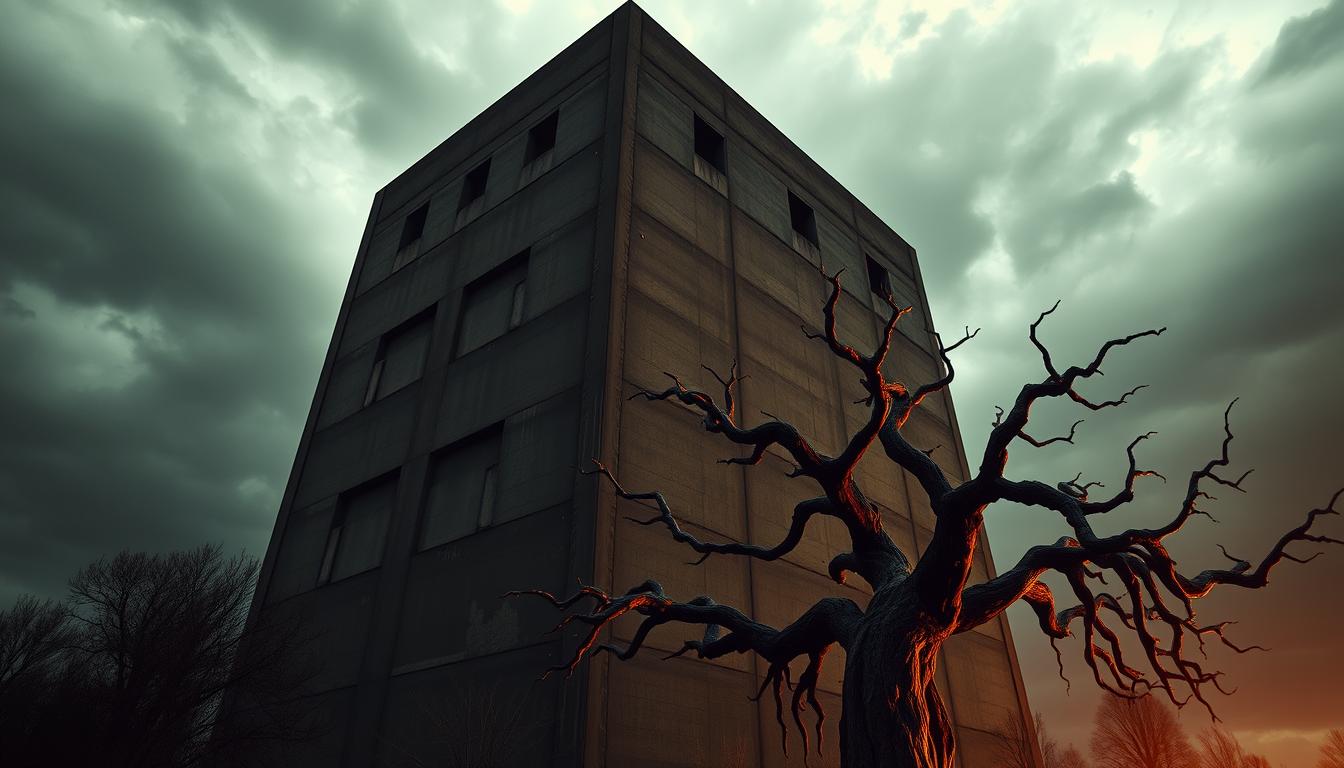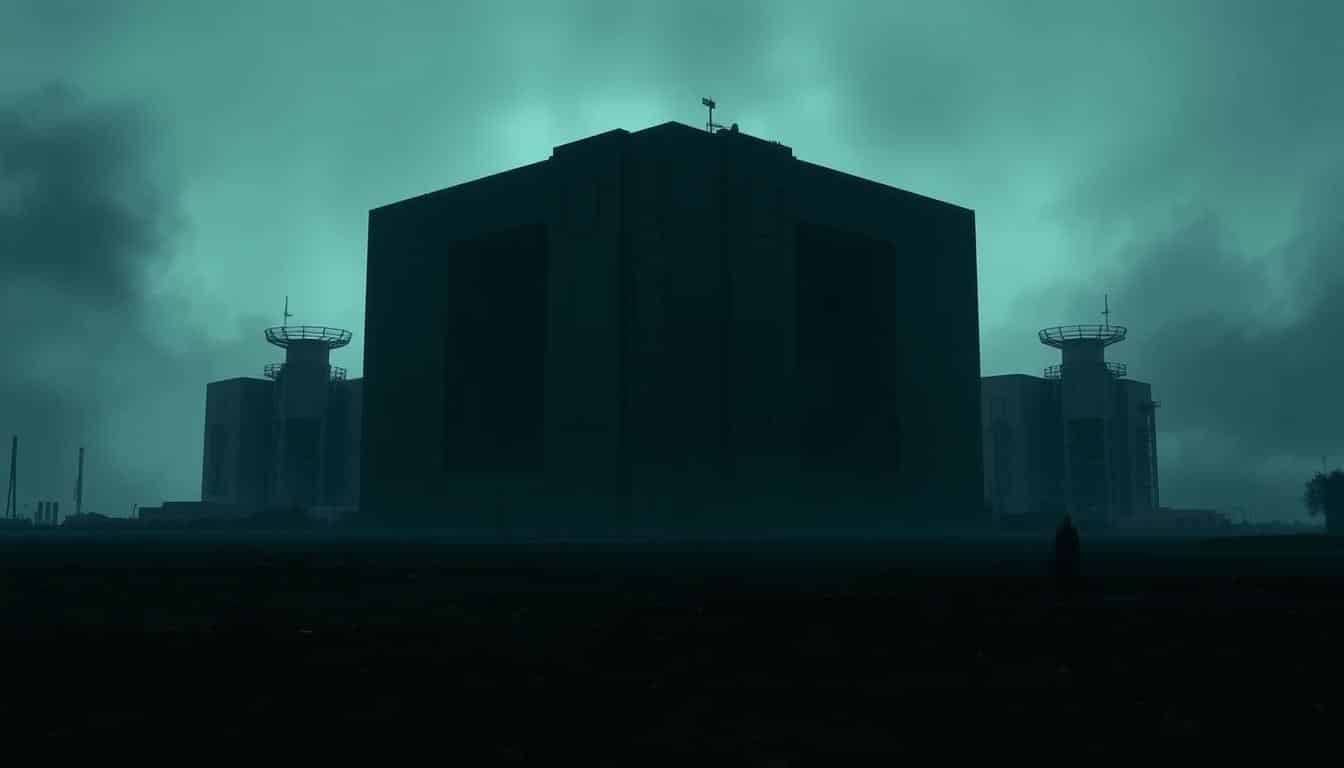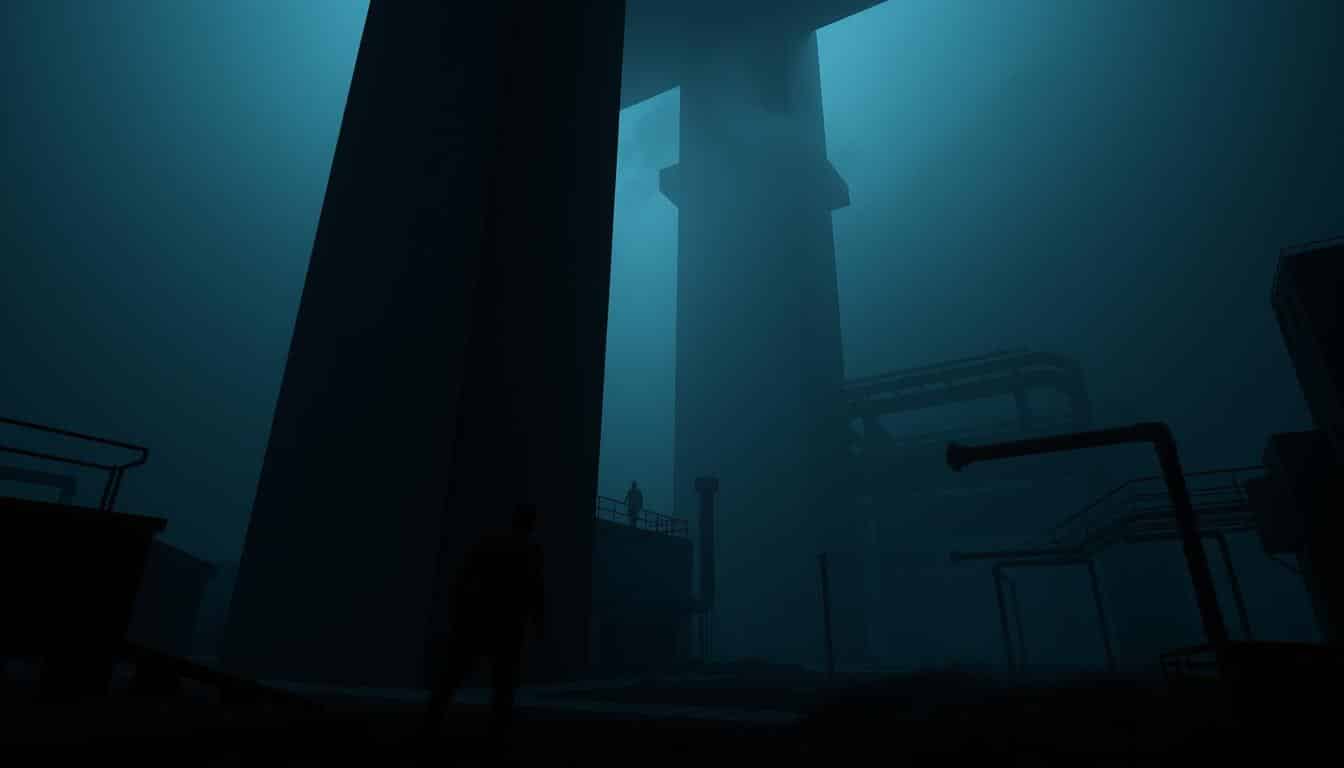Brutalism brings out strong feelings, especially fear. It shows how city buildings can make us feel scared or amazed. We’ll see how buildings can affect our feelings.
We’ll look at Brutalism’s history and its impact today. Let’s explore why people see Brutalism differently now. We’ll find out what this style means for our minds.
Introduction to Brutalism and Its Controversial Reputation
Brutalism is a style that appeared in the middle of the 20th century. It’s known for its bold use of concrete and big buildings. This style shows off starkness and durability, but not everyone likes it.
Some people see it as modern and impressive. But others think it’s ugly and causes cities to look run-down.
Feelings about Brutalism change a lot. Some used to hate its cold designs, but now they miss its tough beauty.
Big cities with Brutalist buildings get mixed reactions. This leads to talks about how these buildings impact society. It makes us think about Brutalism’s place in today’s architecture.

The Origins of Brutalism and Its Aesthetic Philosophy
The post-World War II era called for new building ideas. Brutalism’s look came from this time, focusing on raw stuff and simple designs. It stands for clear building methods and the true use of materials.
“Béton brut” means raw concrete, showing this style’s honesty. Reyner Banham saw Brutalism as bold, using real materials openly. It was practical and met the urgent needs of post-war rebuilding. It made buildings that were not just useful but also reflected the community’s hopes and struggles.
Exploring the Connection Between Brutalism and Fear
When we talk about Brutalism and fear, history and material choices play a big part. After World War II, cities changed a lot. People felt unsure, which made them see brutalist buildings as scary or too much. Knowing this helps us understand why these buildings make us feel a certain way.
Historical Context: Post-WWII Urban Challenges
World War II left cities facing big challenges. The rush to rebuild made people choose function over looks. Brutalist architecture was perfect for this. It met urgent needs in a changing, uncertain world. Yet, its bold, simple forms might also stir fear. Why? Consider these reasons:
- Poverty and moving around in cities.
- Changes in who lived where, causing stress.
- The push for strong buildings in troubled times.
The Role of Raw Materials: Beton Brut and Its Implications
Béton brut, or raw concrete, is key to Brutalism’s emotional impact. It often feels cold and unwelcoming, making people feel apart. These simple buildings serve a purpose. But, they also shape how we see and feel about them in a big way. Using raw concrete makes us respond in complex ways. This includes:
- Not feeling good in some public places.
- Seeing these places as too harsh and cold.
- Feeling disconnected from community life.
Visual Impact of Brutalism: Evoking Fear or Awe?
Brutalism’s visual impact plays a big role in how people feel about it. Some folks might feel scared or amazed by these buildings. The style’s large size, bold shapes, and use of raw materials make people react differently. This difference shapes how they think about architecture.
Perceptions of Monumentality and Scale
Brutalist buildings stand out because they are huge and powerful. They can make you feel tiny and not important. This can be scary for some people. But others might feel impressed and inspired by these big, creative forms. They see them as strong and full of imagination.
The Emotional Response to Concrete Structures
Concrete is a big deal in Brutalism and makes people feel certain ways. Its rough look and feel can unsettle some, causing fear or discomfort. Yet, others find a unique beauty in its rawness. They come to enjoy the architectural feel more. This shows how design influences our emotions deeply.
Brutalism in Urban Landscapes: Social and Political Dimensions
Brutalism in cities presents a mix of architecture and societal issues. It shows how community hopes and struggles become part of buildings. As cities grow, these buildings show both the good and the bad, telling us about the politics of city growth.
Gentrification and the Resurgence of Brutalist Buildings
Gentrification is making people look at Brutalist buildings in a new way. These large concrete buildings were once signs of progress and cheap places to live. Yet, they were not always liked by new people moving in.
Today, we see their importance and unique design differently. People are now talking about saving these buildings. This happens as they often sit in areas facing gentrification.
Case Study: Robin Hood Gardens and Its Legacy
Robin Hood Gardens in East London is a key example of Brutalism’s role in cities. Built in the 1970s, this housing complex was praised back then. But it faced demolition because city priorities and gentrification changed.
The discussions on whether to keep it or not show how architecture and community identity are linked. As cities change, these discussions touch on fairness, community access, and their influence on their places.
Debate Around Brutalism: Beauty vs. Ugliness
The debate on Brutalism often looks at beauty vs. ugliness. People have mixed feelings about this style, showing what we think about art and city living. It shows our thoughts on identity, community, and sometimes, dehumanization. While some see its bold look and practicality as positive, others find it cold and unwelcoming. This divide doesn’t just affect views but also the value of these buildings in cities.
Critical Perspectives on Dehumanization
Some say Brutalism feels dehumanizing. Its stark materials and big shapes can make people feel alone, which goes against the idea that buildings should bring us together. Brutalist structures, with their concrete fronts, often seem oppressive to many. This feeds into the ongoing discussion on Brutalism.
Public Sentiment and Architectural Stigmatization
What the public thinks matters a lot in how we see different styles of buildings. Brutalism faces a lot of negativity, leading to debates on whether to keep or tear down such buildings. There’s a push from some to see the importance and emotional impact of these structures anew. This shows the larger debate on what’s considered beautiful or ugly in our surroundings.
Modern Interpretations of Brutalism: A New Appreciation
In recent years, there’s been a big comeback in how people see Brutalism. Architects and designers are taking a fresh look at this bold style. They’re weaving its core ideas into new designs in creative ways.
Revival of Brutalist Architecture in Contemporary Design
The comeback of Brutalist architecture shows how today’s architects admire and update its ideas for our times. Uses of raw concrete, geometric shapes, and functional design match modern tastes. Projects today mix Brutalist elements with current needs.
- Adaptive reuse of Brutalist buildings
- Incorporation of sustainable materials and technology
- Public spaces designed with Brutalist aesthetics
Brutalism as a Cultural Icon in Popular Media
Brutalism has become a cultural icon across different media. Movies, TV shows, and even fashion are nodding to Brutalism. This brings new discussions on its impact in our spaces. It mixes old vibes with new values.
Architecture and Fear: Psychological Implications
Our surroundings deeply impact our minds, mixing feelings of wonder and fear. The way buildings are made can make us feel different emotions. We’ll look at how architectural designs, like brutalism, affect us and bring up certain feelings. These feelings come from the stories and history tied to these styles.
Fear Induced by Built Environment
Buildings can make us feel scared. Brutalist architecture, with its bare concrete and sharp lines, changes how we see things. These buildings can make us anxious and feel left out. They’re so big and tough that they can intimidate us. In cities, these buildings can make people feel trapped and overwhelmed.
Brutalism’s Relationship with Alienation and Anxiety
Brutalism shows how architecture can make us feel lonely. Its simple look can make people feel both connected and stressed. This style of building can make us question our happiness. Huge, blocky structures fill up spaces, making us feel far from others. So, we might see these areas as mixed signals of modern life. They show our wish to connect but leave us feeling empty.
Conclusion
Exploring Brutalism and fear shows us a complex relationship that has changed over time. We found out its origins and how it’s more than just design. It tells deep stories about culture and history. After WWII, cities faced big challenges. This led to Brutalism, which people either love or hate.
Brutalist buildings make us feel strong emotions. They can make us feel scared or disconnected, due to their huge size and concrete designs. The way we see Brutalism shows how we think about beauty, function, and how buildings affect society. It makes us think about our cities and how they’re built.
In the end, we see why it’s key to think deeply about buildings and what they mean for us and our cities. Brutalism keeps sparking strong feelings, with its bold shapes or its debated impact. Its significance stays with us, teaching us every building has a story worth knowing and understanding.



